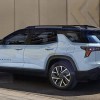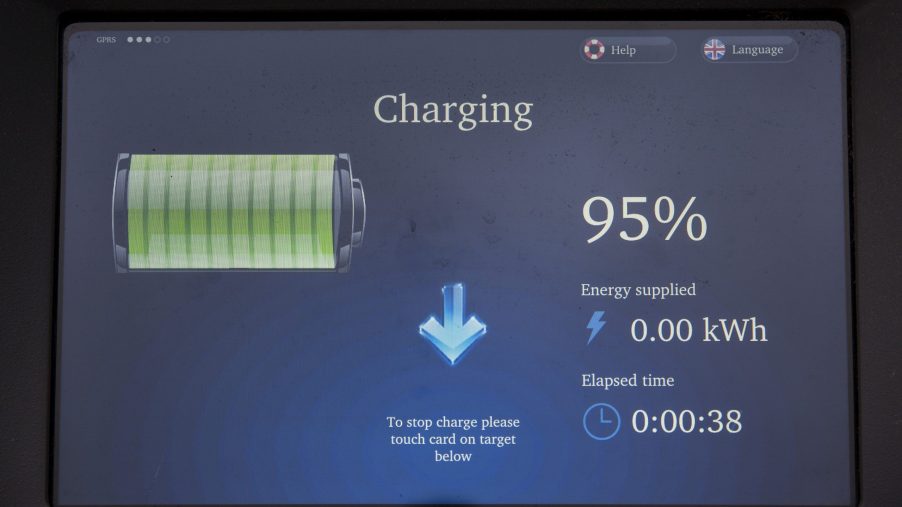
Real EV Range Is Often Different Than Automakers’ Estimate – Here’s Why
We’re so used to reading things in Miles per Gallon (MPG) that new EV range figures are hard to conceptualize. To be fair, it could just be me, and I’m very bad at math. However, type “EV Range” into Google, and you’ll get lots of acronyms like MPGe, SAE, etc. But what does that mean? What’s MPGe, what’s SAE, and how do they relate to numbers given by automakers like GM, Tesla, and Ford? Well, it’s time to find out. Buckle up.
EV range often isn’t intentionally misleading
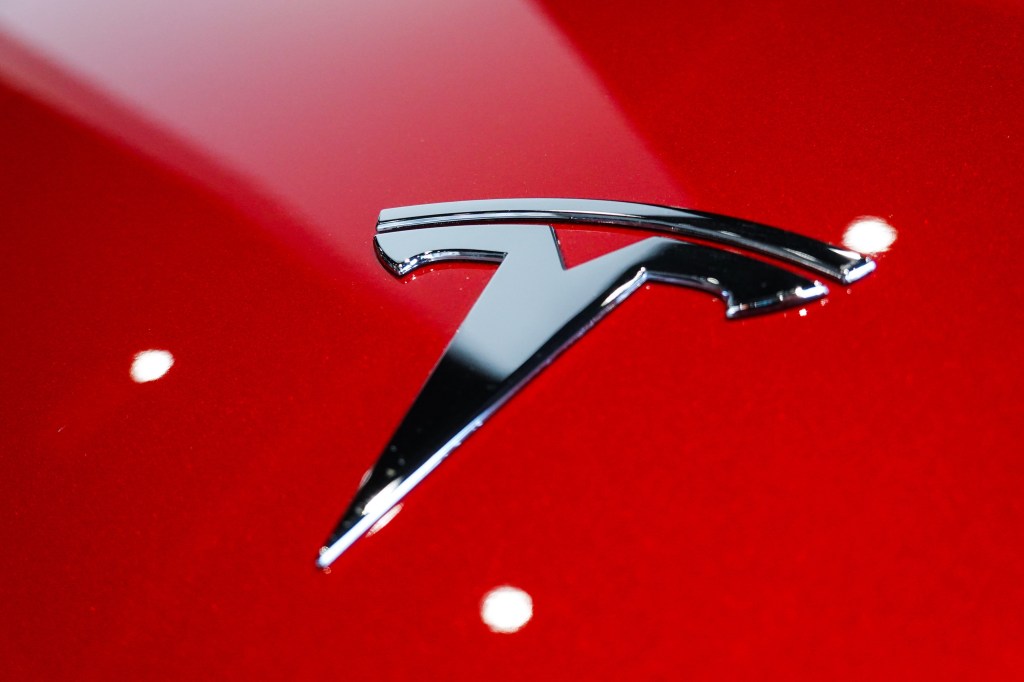
Part of the issue is that we’re trying to, like fuel economy, put a hard number on something that can change based on a number of circumstances. Like a company’s stock value, a vehicle’s potential range, be it gas or electric, is constantly changing. Moreover, these changes, like hills, traffic, and speed, are incredibly hard to average out. For example, let’s say I want to drive a Tesla Model S from Denver to Moab, Utah. That’s a 350-ish mile drive. Importantly, that drive is almost all downhill after a certain point (the Continental Divide).
So, it stands to reason that my hypothetical Tesla will get better range on the way there than back because the climb up the Divide is shorter than the one down it. The Tesla will use less battery going to Moab than coming home. I know this because I’ve done the drive in a gas car, and fuel economy is always worse on the way back. Tesla says the Model S will do 359 miles on a charge, but I bet that number drops on the way back up America’s tallest mountain range.
We all have to recalibrate now
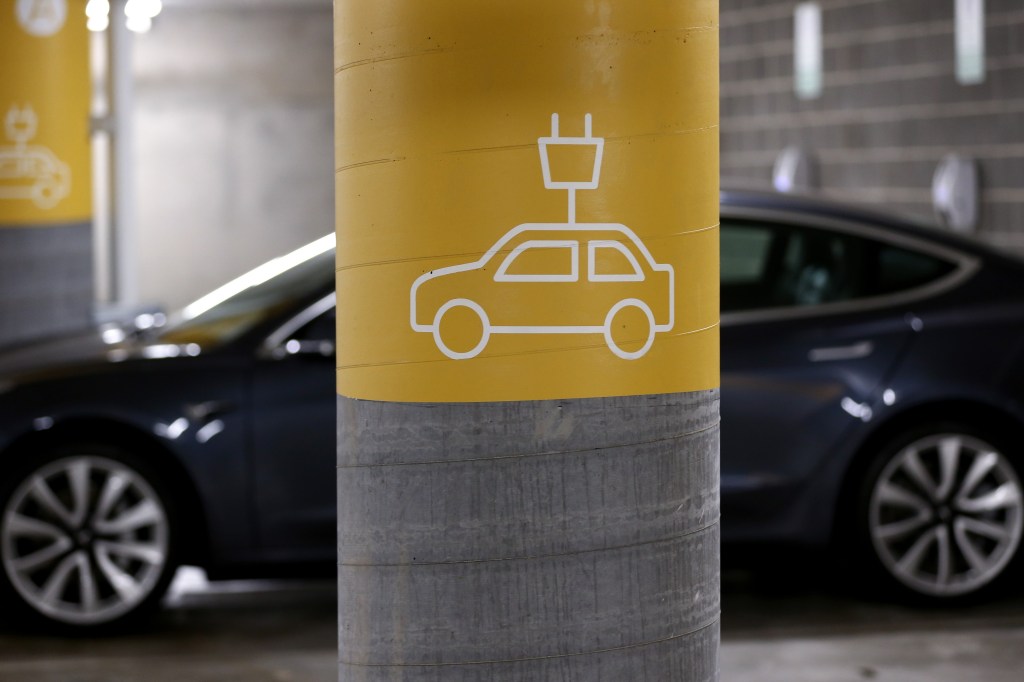
It’s not Tesla’s fault. Those numbers will change no matter what. They’ll also change as a battery ages, just like a cell phone won’t hold a charge as well after a few years. Presently, the EPA estimate, which is widely considered to be the number for EV range, is based on the SAE J1634 test procedure. Basically, those SAE tests attempt to account for as much variance in circumstances as possible.
And that variance is often why we see range numbers different than what automakers give us. Some, like Tesla, simply use that number. Likely because of criticism from the public regarding the discrepancy in test numbers vs. real-world range. Truth is, this will take all of us some getting used to. Essentially, you know roughly how efficient a vehicle that gets 30 MPG is. Based on my travel patterns, I know that’s about 300 miles on a tank of gas on average. That changes person to person, and we’ll all have to just learn that feel for EV range as we have for gas range.
Eventually, this will all be normal for us
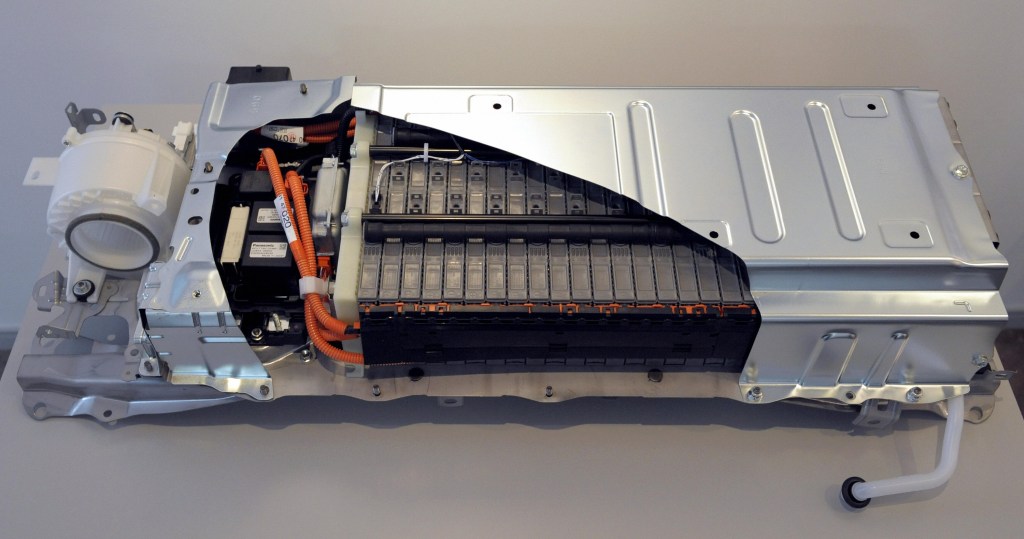
However, the good news is, that as more people learn that “feel” I keep going on about, we’ll eventually know intuitively what 300 MPGe means as it applies to each of us in our daily lives. Maybe for you, that’s about a week between charges. For someone else, that could be a few days. Thankfully, that new shared human knowledge will eventually put an end to range anxiety as we know it.
